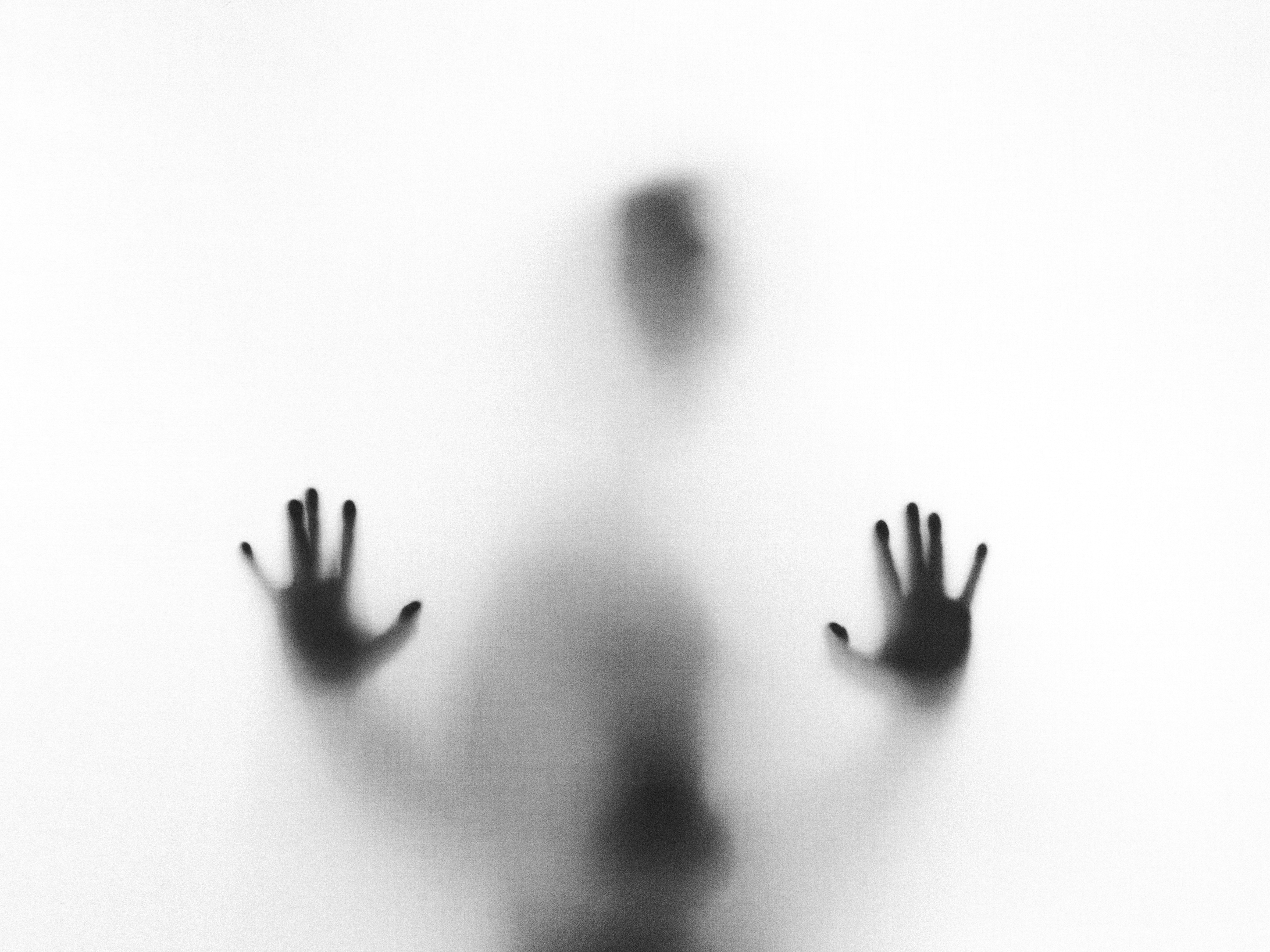By Liliana Ulloa
Lifestyle Editor
A month often solely devoted to spooky activities and pumpkin spiced lattes, October also serves as the month dedicated to breast cancer awareness. Unfortunately, regardless of the overwhelming pink ribbons and commercial tactics used by big-name brands to raise awareness, unless someone’s already personally been affected, the significance of this month goes frequently unnoticed.
With the common misconception that only those over 40 are at risk of breast cancer, it is essential to inform people that breast cancer can not only affect women at an early age but that one in 1,000 men can also be victims. According to Teens4Pink.org, one should start self-testing for lumps and abnormalities in the breast and attending clinical breast exams at age 20, and conducting mammographs at age 35, as seven percent of women diagnosed are under 40.
A chart by HealthDiscovery.org states one in eight women will develop invasive breast cancer over a lifetime. Out of those eight, 15 percent had a history of breast cancer in their family. Testing can lead to early detection and a higher chance of survival rate. Those who have breast cancer history in their family should begin getting tested 10 years earlier than the age their family member was diagnosed.
“The choir leader at my church had breast cancer for a bit,” said Nineth Nunez, a CSUDH international business major. “She thankfully overcame it. My family has always been very aware of health check-ups and I know all of the females in my family get the mammogram done religiously.”
Early symptoms of breast cancer differ from person to person, but according to The American Cancer Society, early signs can include: swelling of all or part of the breast; skin irritation or dimpling; breast pain; nipple pain or the nipple turning inward; redness, scaliness,or thickening of the nipple or breast skin; nipple discharge other than breast milk; a lump in the underarm area.
Early detection can save many lives, but the issue with breast cancer is not getting the disease, but how even in 2018, so many organizations use catch-phrases in their attempts to raise awareness, catchy slogans that can do a disservice to this critical fight. With breast cancer organizations using slogans like, “ Save the Tatas,” “I Love Boobies,” or “Save the Boobs,” many victims feel offended as the slogans over-sexualize the disease and entertain the idea that women’s femininity and worth revolves around their breasts. This “Save the Boobs” narrative makes diagnosed women hesitate on removing their breast to prevent further spreading of cancer, and it shames women who opted not to “save the boobs,” if it meant saving their lives.
“I actually owned a ‘I Love Boobies’ bracelet in high school,” said Mario Sanchez, child development major. “I had no idea it was a slogan for breast cancer awareness, but I guess I feel a bit better now knowing I purchased that and the profits went to breast cancer research.”
The most common way people show support of Breast Cancer Awareness is by purchasing pink products their favorite brands promote. But making direct donations to breast cancer organizations can also be made to assure your money is going to the right place.
Spending money isn’t necessarily needed to help spread awareness, however, as sharing survivor or non-survivor stories can immensely impact another person and motivate them to take proper measures to prevent a similar situation. Urging your loved ones to test annually can also play a significant role in spreading awareness.
If you want to play some part in raising awareness and perhaps donating money, the CSUDH women’s volleyball game Saturday in the Toro Dome is a good place to start. It is called Dig for the Cure and proceeds will help the Susan Komen Foundation.

